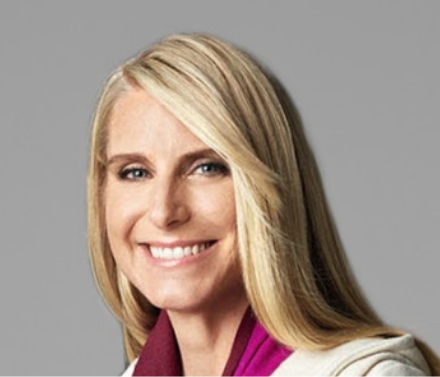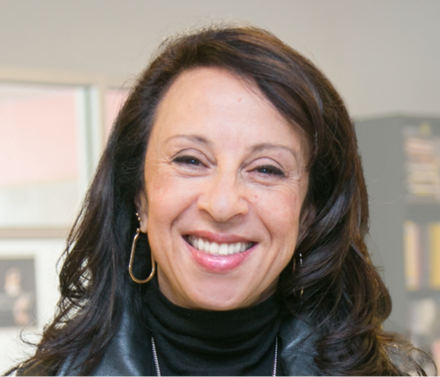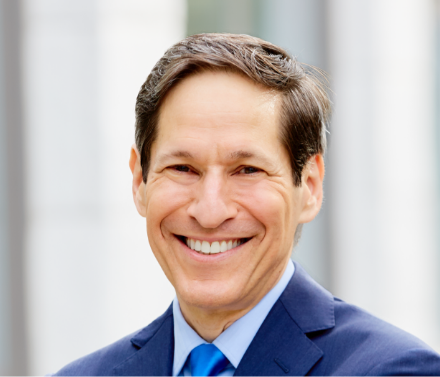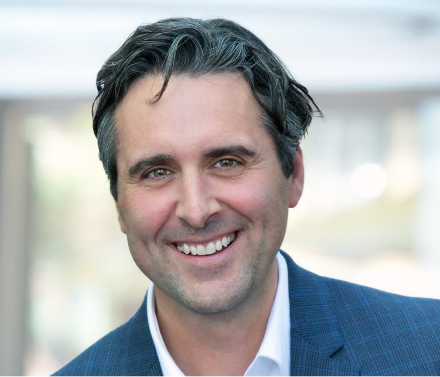WE BUILT SCHOOLS with an institutional structure that’s supposed to help children grow and develop, but that almost never uses the word love. It almost never has dedicated attention to the practice of compassion. It almost never speaks the language of healing, of teaching meaning, of removing the blinders of bias.
Kids show up with these big eyes saying, does anyone see me? Do I matter? What’s my part? How do I make a difference? That’s in the eyes of a seven-year-old, a nine-year-old and, I dare say, a 17-year-old, too. They’re all showing up every day. And when those eyes never meet a relationship infused with love, never feel trust, never find their purpose, they start to fall. And before you know it, half of our kids in high school have their heads on their desks. It’s a reaction to a world in which they don’t see themselves and aren’t learning what matters most.
Social emotional learning is, if I can put it simply, to balance the teaching of head with the teaching of heart.”
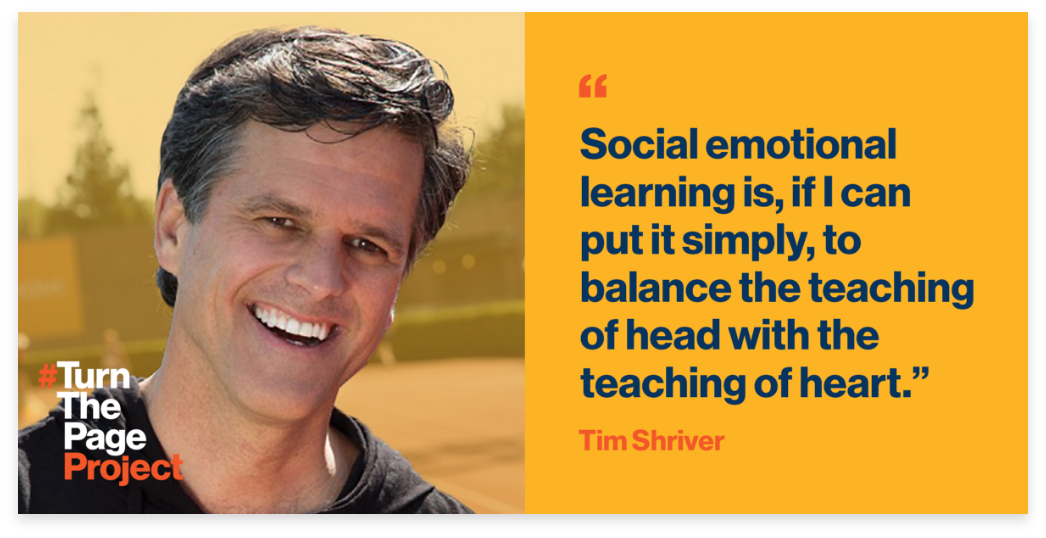
SHARE TIM’s STORY!
We have to spark the inner life of the child. The trust and belonging of the child has to be part of the curriculum, the pedagogy, the structure of the school. Purpose, not just information, has to be taught. Inspiration has to be the curriculum, not just facts. Teachers must be trained to see children from the inside out, with all their dreams and challenges too. That’s what social emotional learning is. Social emotional learning is, if I can put it simply, to balance the teaching of head with the teaching of heart.
We are in a moment of so much opportunity. We just can’t waste it. If we stay in the work of change and healing and justice and meaning making—stay in it with each other and commit to making this the moment—I think we come out the strongest we’ve ever been.


